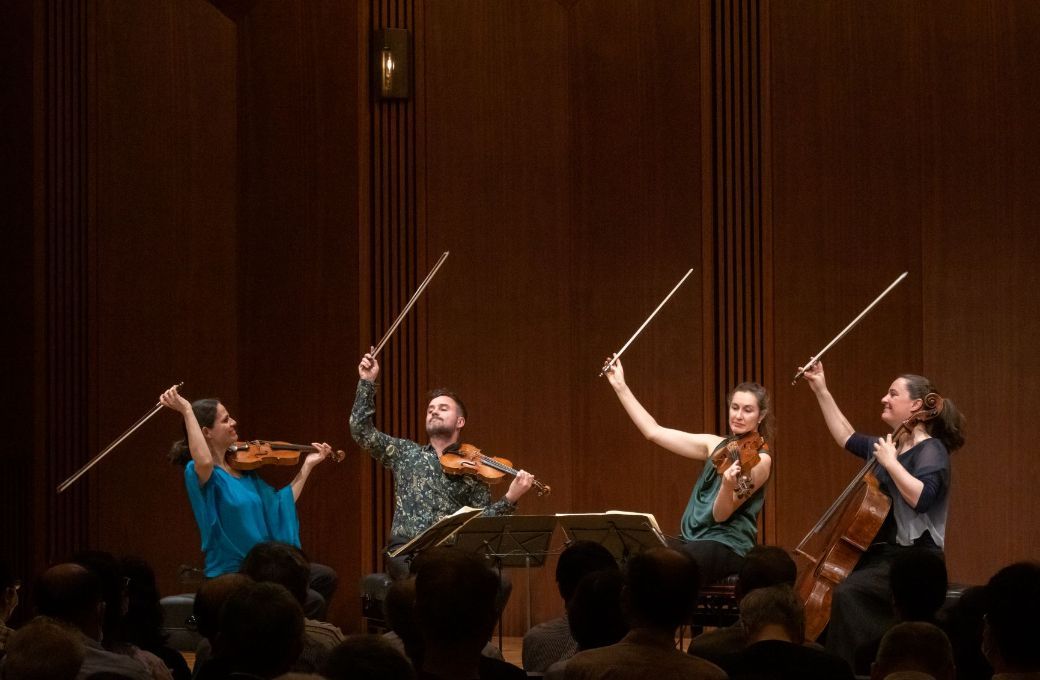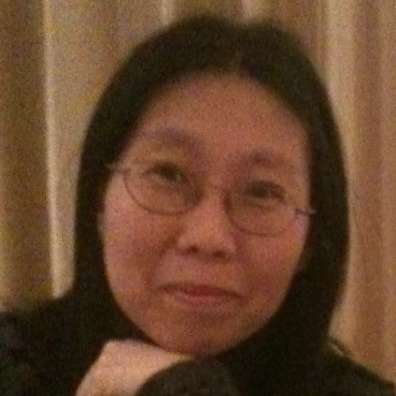How does a string quartet pace itself when it embarks on an intensive cycle of all fifteen Beethoven quartets (plus the Grosse Fuge)? Well, evidently you don’t, judging from the Elias String Quartet’s first concert of the cycle at Suntory Hall’s Blue Rose (Small Hall), which set off energetically at full throttle. Here in Tokyo, the UK group is presenting the cycle over six concerts in twelve days, and in each they are performing quartets from different periods rather than taking them in chronological order. In the first instalment, they went from Beethoven’s earliest works (Op.18 no.1, Op.18 no.3) straight to his late masterpiece (Op.132), signposting the starting point and destination of the journey Beethoven took in this intimate genre.

Although this was the Elias Quartet’s long-awaited debut in Japan, they have an impressive track record of performing the Beethoven cycle, which they’ve been exploring for over a decade at various venues worldwide. They opened the concert boldly and confidently with the two Op.18 string quartets, composed around 1798-1800. In both, they brought out the playfulness and simple lyricism à la Haydn as well as the more hard-edged and relentless side that anticipates his later works. The first movement of Op.18 no.1, which develops around the lively opening motif, was stylish, clear and articulate, contrasting with the stormy emotions of the D minor second movement, and spirited dialogue unfolded in the latter movements. Meanwhile, Op.18 no.3 is a more serene and optimistic work: the first movement was played with charming lyricism and they galloped through the delightfully catchy Presto finale with all its twists and turns.
Fast forward 25 years. In the second half, we were transported to Beethoven's Op.132 quartet, composed in 1825: a reflective and soul-searching work of his late years. As first violinist Sara Bitlloch explained from the stage, the work is in a large arch form, with the famous “song of thanksgiving to God for recovery from an illness” at its core, which she described as a conversation between Beethoven and God. The Elias approached the whole work with a wonderful balance between profundity and earthiness – emotional but not over-emotional. They brought out plenty of anguish and drama in the outer movements, and the humour and earthy characters in the second and fourth movements. The central movement had poise and serenity, and a wonderful transparency of sound. Taken at a fairly swift pace, their playing flowed between the human and the celestial worlds. All in all, a life-affirming performance.
Throughout, the quartet’s playing was vibrant, precise yet flexible, and always bringing out the clarity of the lines. Their sound is bold and muscular (yet never heavy or hard-edged) with sparing use of vibrato especially in the earlier Op.18 works, which may be a nod to the historically informed style. The outer voices are firmly framed by Sara Bitlloch and Marie Bitlloch (cello): Sara’s playing has an unassuming brilliance and Marie provides rock solid bass line, but often also soars above the harmony in many of Beethoven’s demanding solistic writing for the cello. The two inner voices, Donald Grant (second violin) and Simone van der Giessen (viola) – the latter joined the group shortly before the pandemic – move around flexibly and with agility, providing fine tonal balance and colour that create the group’s characteristic sound.
Tokyo’s chamber music aficionados are lucky to be able to enjoy a complete Beethoven quartet cycle every year courtesy of Suntory Hall’s Chamber Music Garden which invites a different group every year to present the cycle. After this auspicious start, the Elias Quartet’s journey continues until 14 June, concluding with Op.130 with the Grosse Fuge.


